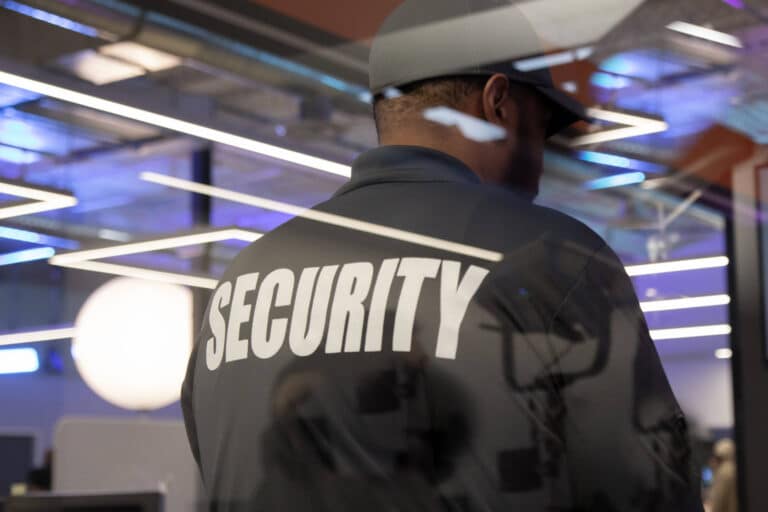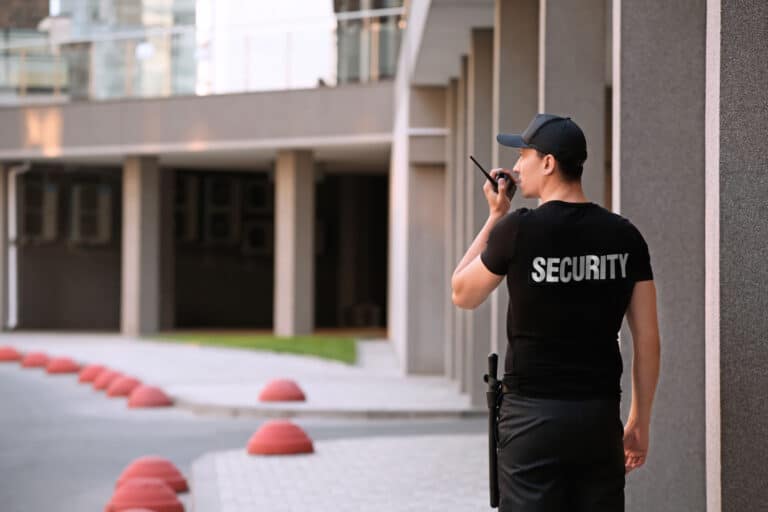Uniform Regulations for Contract Security Companies in Arizona
- In Arizona, contract security companies are regulated by the Department of Public Safety (DPS) and have specific uniform requirements, including not wearing black on black, blue on blue, or tan on tan to avoid resembling law enforcement agencies 02:06.
- Uniforms must have “Security” in 3-inch letters on the back and the company emblem with the word “Security” on the sides 05:18.
- In-house security departments are not regulated by DPS, which can lead to confusion among the public, with some people mistaking them for police officers 07:17.
- First Amendment Auditors have been known to harass security personnel, questioning their uniforms and trying to get them to explain their constitutional rights 08:29.
The Power and Perception of Uniforms
- The power of a uniform can be significant, with some uniforms being mistaken for law enforcement, and it’s essential to be mindful of this when designing and wearing uniforms 09:31.
- Some people prefer old-school uniforms, like Class A uniforms with a button-down shirt and nice slacks, while others prefer more casual attire due to the time and effort required to maintain the formal look 10:28.
- The Department of Public Safety (DPS) has regulations regarding uniforms, but some companies and individuals do not follow them, leading to issues with black on black uniforms 13:22.
Non-Compliance with Uniform Regulations and Potential Consequences
- The justification for some companies not following regulations may be due to psychological warfare, but this does not make it acceptable to cross the line, especially if it’s not approved by DPS 15:04.
- If caught, individuals can be fined $1,500, and their license may be revoked for wearing an illegal uniform 15:40.
Equipment Carried by Security Officers and Park Rangers
- Some security officers wear handcuffs, batons, and mace as part of their uniform, but may not have been trained to use them, which raises concerns 18:45.
- Park rangers may carry equipment like handcuffs and batons, but may not be law enforcement and may not have been trained to use the equipment, which is seen as unusual 19:26.
Discussion on Uniform Styles and Preferences
- The discussion revolves around uniforms, specifically in the context of security officers and law enforcement, with a focus on the difference between a “tacked out” look and a more presentable, Class A style uniform 21:09.
- The preference for a Class A uniform is mentioned, as it is seen as more approachable and less intimidating, potentially putting people at ease 21:56.
Use of Firearms and Less-Lethal Options by Security Officers
- The use of firearms and less-lethal options, such as bean bag rounds and pepper ball launchers, is discussed, with the consideration that insurance companies may treat non-lethal options similarly to firearms 26:23.
- The importance of training and certification for security officers is emphasized, particularly in the use of equipment like handcuffs, batons, and OC pepper spray 27:25.
- The classification of uniforms and vehicles is touched upon, with the mention that vehicles should not be mistaken for police cars, but some security companies may be “graying the line” 28:14.





